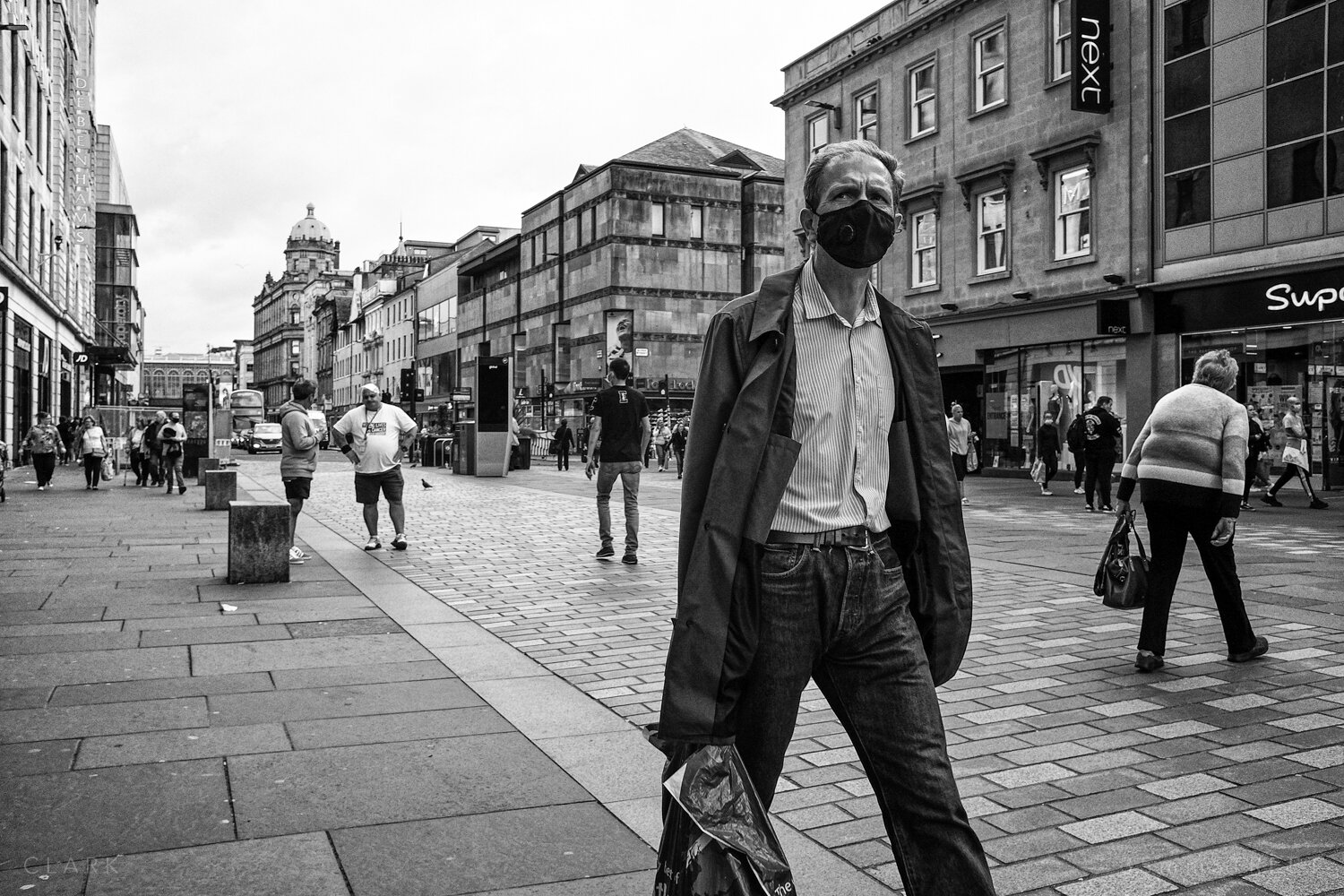Little Known Questions About Street Photographers.
Little Known Questions About Street Photographers.
Blog Article
Street Photographers - Questions
Table of ContentsRumored Buzz on Street PhotographersThe Single Strategy To Use For Street PhotographersWhat Does Street Photographers Do?Indicators on Street Photographers You Need To KnowThe Basic Principles Of Street Photographers
A style of digital photography that records daily life in a public place. The very publicness of the setting allows the digital photographer to take honest images of unfamiliar people, usually without their expertise. Road photographers do not necessarily have a social objective in mind, however they like to separate and record minutes which may otherwise go undetected (Street Photographers).He was affected by many of those that affected the road digital photographers of the 1950s and '60s, he was not mainly interested in capturing the spirit of the street. The impulse to aesthetically document people in public began with 19th-century painters such as Edgar Degas, douard Manet, and Henri de Toulouse-Lautrec, that functioned side by side with photographers attempting to record the significance of urban life.
In contrast to Atget, professional photographer Charles Marville was worked with by the city of Paris to develop an encyclopaedic record of Haussmann's city preparation job as it unravelled, therefore old and brand-new Paris. While the photographers' subject was basically the same, the outcomes were markedly various, showing the influence of the professional photographer's bent on the personality of the images he created.
Provided the great high quality of his photographs and the breadth of material, architects and musicians commonly acquired Atget's prints to utilize as recommendation for their very own work, though commercial interests were barely his primary motivation. Instead, he was driven to photo every last remnant of the Paris he enjoyed.
All about Street Photographers
They disclose the city with his eyes. His job and basic understanding of photography as an art kind offered as ideas to generations of professional photographers that followed. The future generation of road professional photographers, though they likely did not refer to themselves therefore, was introduced by the photojournalism of Hungarian-born photographer Andr Kertsz.
Unlike his peers, Brassa made use of a larger-format Voigtlnder cam with a much longer direct exposure time, requiring him to be extra calculated and thoughtful in his practice than he might have been if making use of a Leica. (It is assumed that he might not have had the ability to afford a Leica during that time, but he did, nonetheless, use one in the late 1950s to take colour photographs.) Brassa's photos of the Paris abyss lit up by man-made light were a discovery, and the collection of the series that he released, (1933 ), was a major success.
Cartier-Bresson was a champ of the Leica video camera and one of the initial photographers to maximize its capacities. The Leica enabled the professional photographer to engage with the surroundings and to catch minutes as they took place. Its relatively little dimension also aided the photographer fade into the history, which was Cartier-Bresson's preferred approach.
Some Known Questions About Street Photographers.
It is because of this essential understanding of the art of image taking that he is often attributed with discovering the tool throughout once more about a century considering that its invention. He took photographs for even more than a half century and affected generations of professional photographers to trust their eye and intuition in the moment.
These are the concerns I will attempt to answer: And then I'll leave you with my own meaning of road photography. Yes, we do. Let's kick off with specifying what a meaning is: According to our website (Street Photographers) it is: "The act of specifying, or of making something precise, distinctive, or clear"
No, certainly not. The term is both limiting and misguiding. Sounds like a street photography ought to be images of a streets appropriate?! And all road photographers, besides a small number of absolute newbies, will completely value that a road is not the essential component to road digital photography, and really if it's a photo of a road with perhaps a few uninteresting people not doing anything of rate of interest, that's not road photography that's a photo of a street.
The 5-Second Trick For Street Photographers
He makes a valid factor don't you assume? Nevertheless, while I agree with him I'm uncertain "candid public photography" will certainly catch on (although I do sort of like the term "candid digital photography") because "street photography" has actually been around for a lengthy time, with lots of masters' names affixed to it, so I think the term is right here to remain.
You can fire at the beach, at a celebration, in a street, in a park, in a piazza, in a coffee shop, at a museum or art gallery, in a city terminal, at an event, on a bridge, under a bridge ...
Yes, I'm afraid we terrified no choice! Without regulations we can not have a definition, and without an original site interpretation we don't have a category, and without a category we don't have anything to specify what we do, and so we are stuck in a "regulations definition genre" loop!
8 Easy Facts About Street Photographers Explained

Report this page